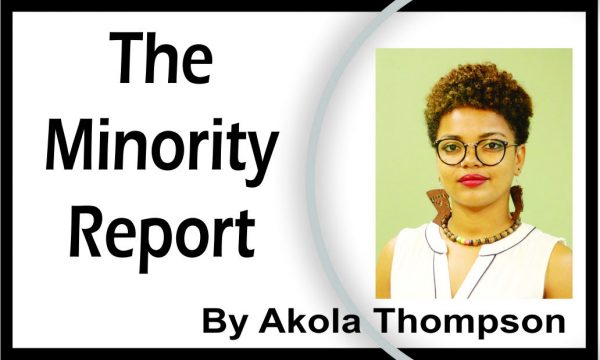
In 2022, the government of Guyana announced that it had reached an agreement with Hess Oil to purchase high-quality carbon credits for a minimum of USD $750 million between 2022 and 2032, directly from the government. Indigenous communities across Guyana are set to receive 15% or US$35 million dollars from the deal. The purchase is seen as a great commitment by Hess towards addressing climate change while allowing Guyana to achieve net zero greenhouse gas emissions. However, what offsetting really does is allow industries to effectively respond to shareholder concerns about the environment by making equivalent carbon reductions in the atmosphere that are caused by industries. It is a strategic move by companies such as Hess to continue production unchecked while providing the perception of being environmentally conscious.
Carbon offsetting, despite all proclamations to the contrary, is not an equalizer. Carbon offsetting claims are often highly overestimated with a lack of accurate measurements of current and future emissions, with several businesses having been known to exaggerate their emissions in order to sell their quotas. The question must be asked as to how these offsetting payments will actually contribute towards lower deforestation rates or offset the excesses of oil production. The carbon that trees take out of the atmosphere is only stored for a relatively short period of time, while the carbon in resources such as coal, gas and oil stored underground keeps carbon safe for long periods. Mitigating climate change effects means curbing the search for and use of fossil fuels, as unlimited use of offsets can result in extractive industries releasing even more emissions. Grantham Institute, a leading climate change group looks at these marketisation strategies as shallow and obsessed with prosperity, arguing that the “main aim should still be radical emissions cuts to try to avoid breaching 1.5C but we should now also be considering what happens if we continue to fail.” Our rapidly changing climate and weather patterns and all the issues that bring forth such as food insecurity have already begun and will only get worse.
Under the 2009 Amerindian Act, it is stipulated that in order for any decision regarding Indigenous communities to be enacted, two-thirds of the villagers in each district that holds titled lands need to agree to any decisions pertaining to those lands. In contravention of the Act, the government only sought approval from the National Toshaos Council (NTC) without hosting community consultations. The NTC’s endorsement was a key consideration in the sale of the carbon credits with Aster Global, resulting in the government framing their assent as being representative of all Indigenous communities. When criticisms around carbon credit payments were raised by Indigenous representatives such as the South Rupununi District Council and the Amerindian Peoples Association, the governmental response from Vice President, Dr Bharrat Jagdeo, who is the representative of the Office of Climate Change, denounced these criticisms as ungrounded and invalidated these representative bodies as being politically motivated and anti-developmental. This is indicative of the way in which the government represses Indigenous dissent against projects meant for their “development” but which in actuality are centred more on the State’s economic growth. Guyana’s move towards neoliberal conservation has allowed the State to reclaim lands, regulate traditional industries and intervene in Indigenous territories. Given this and the often hostile attitudes and strategies employed against critics, Indigenous groups in Guyana have had to implement a ‘boomerang strategy’, in which they build alliances with international agencies to pressure the government. This, however, is challenging within Guyana’s space with the government historically and currently painting these organizations and individuals as persona non grata, putting their safety and livelihoods at risk.
Poor Indigenous communities are often the main targets of conservation development schemes, that results in limited returns. These schemes often come without clearly defined opportunities and culturally identified livelihood development. Guyana’s history of carbon offsetting has been shaped by neocolonial undercurrents as was seen in REDD+ and in the LCDS. The recent implementation of carbon offset credits is also shaped by colonial histories sedimented in racialized subjectivities and related land management practices. What these neoliberal conservation schemes do is replicate colonial systems of power represented in who wields the money and who controls the land. Offsetting promotes the mystification that emissions from the global north can be effectively outmatched by the saving potential of the Global South, even as the Global South faces the first excesses of the climate crisis. Industrialized countries’ contributions to emissions far outweigh that of developing countries, however, it is these developing countries in which mitigation and sequestration programmes are developed, representing environmental colonialism and global environmental injustice. These regions are heavily susceptible to climate disasters while bearing the responsibility of being carbon sinks for industrialized nations, in effect, financializing their natural resources and their people.





